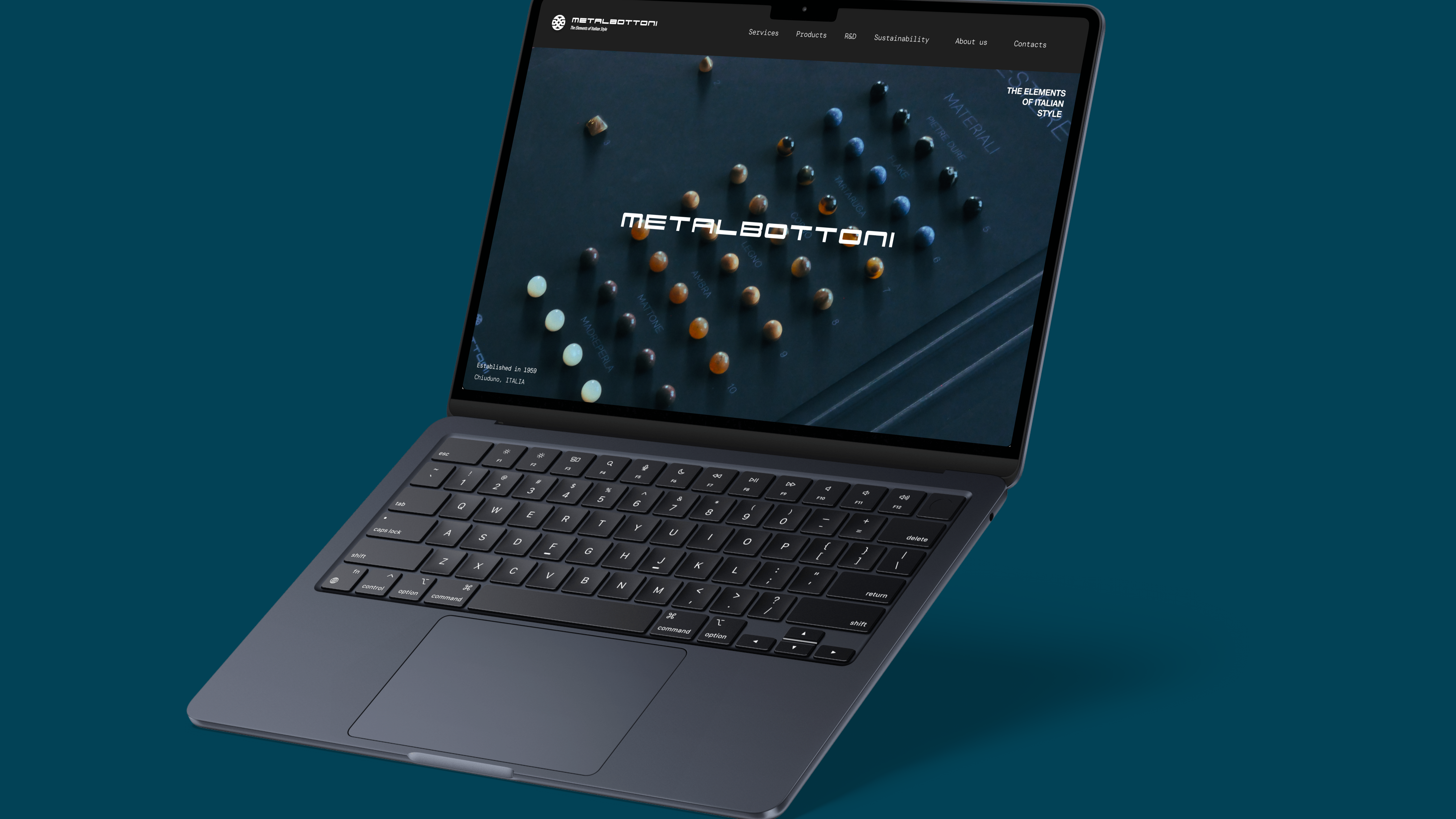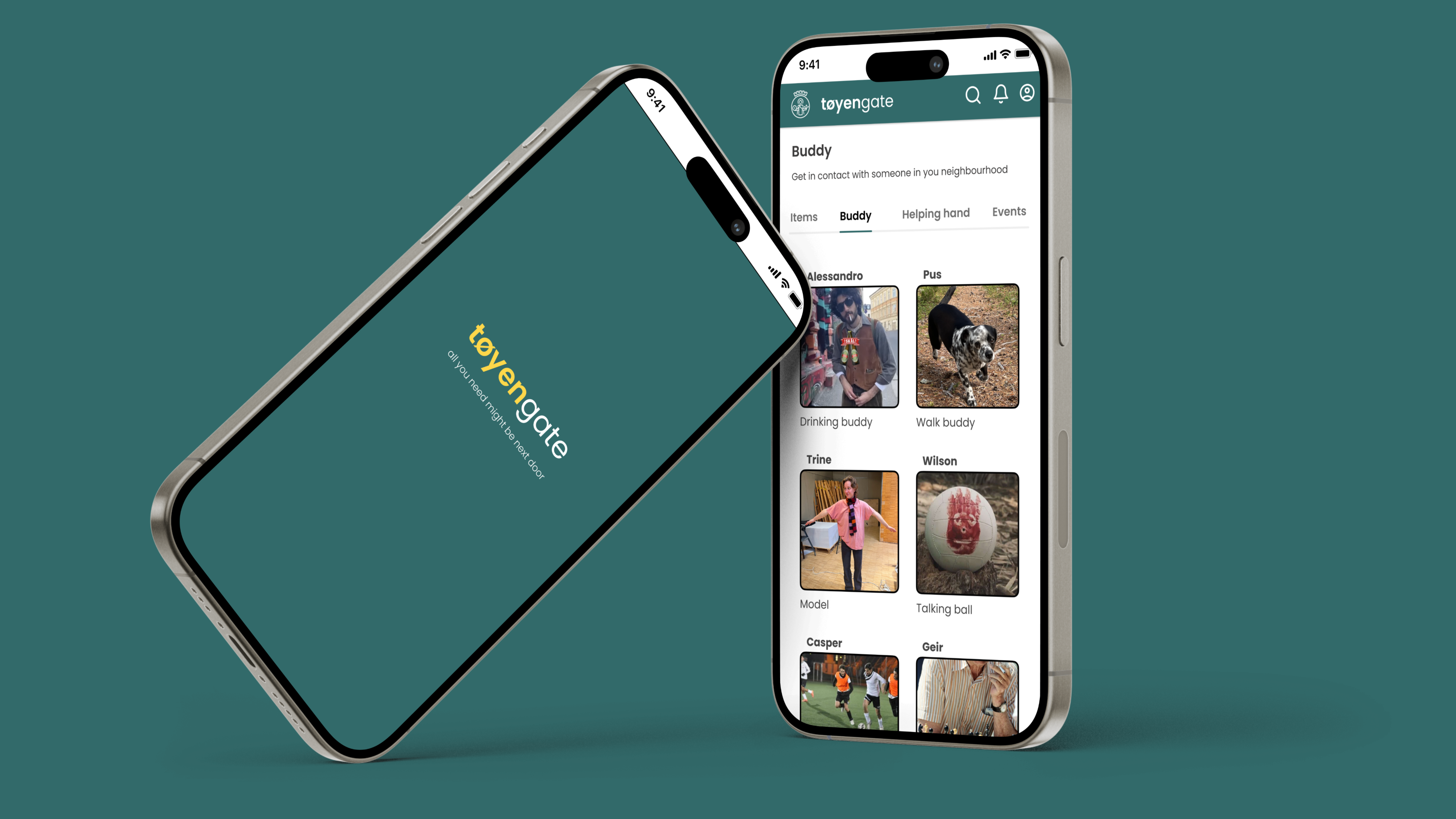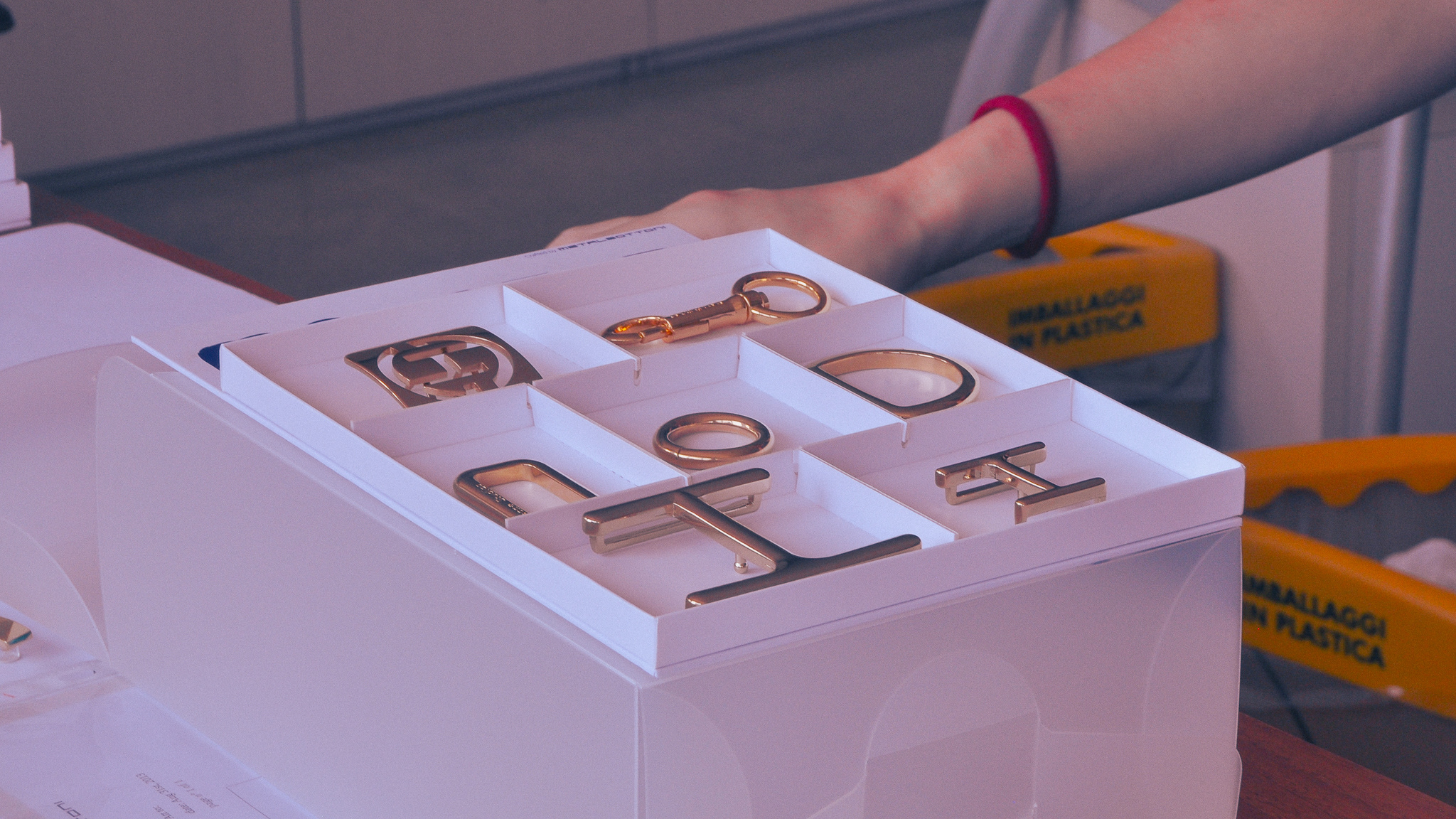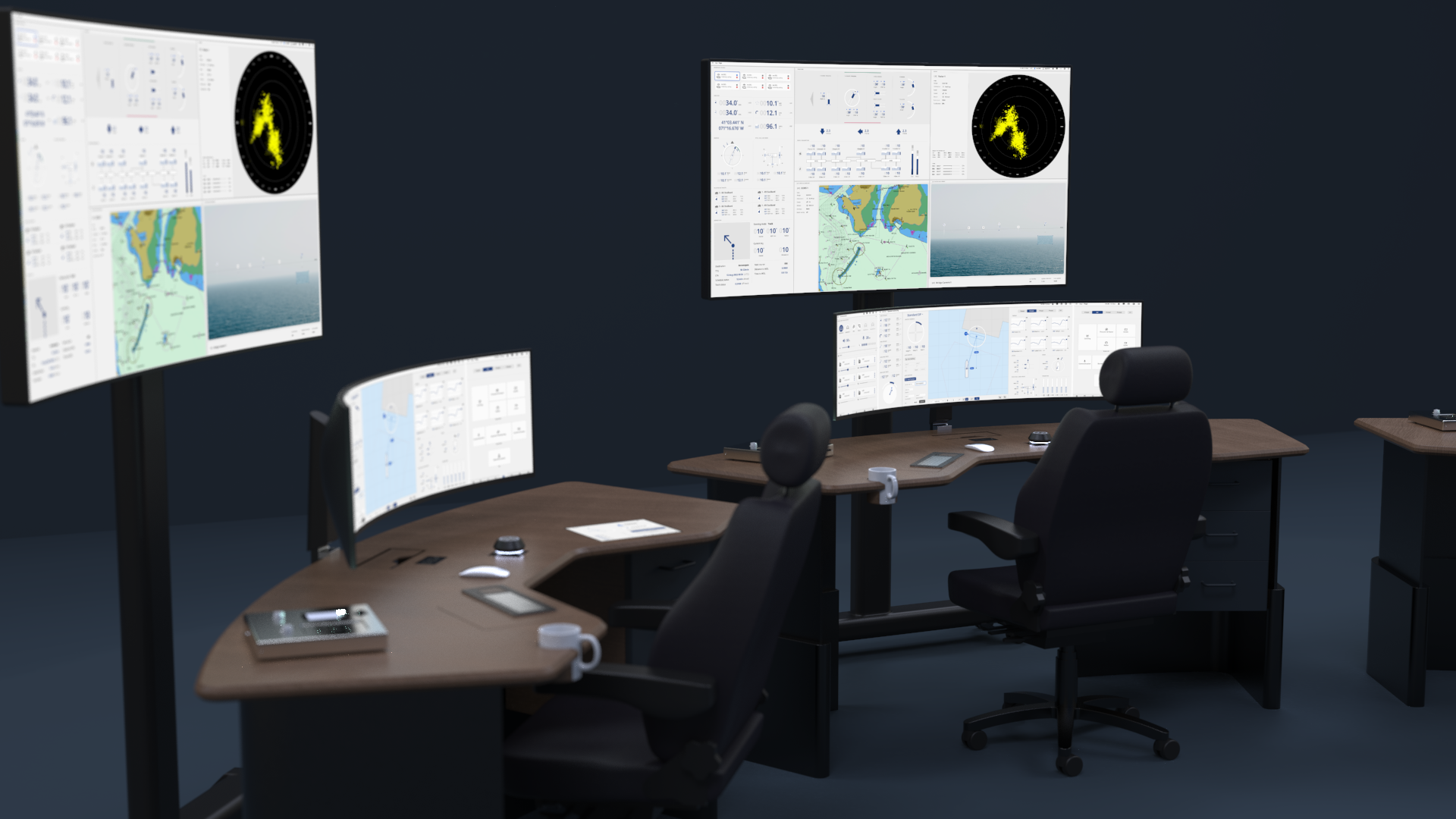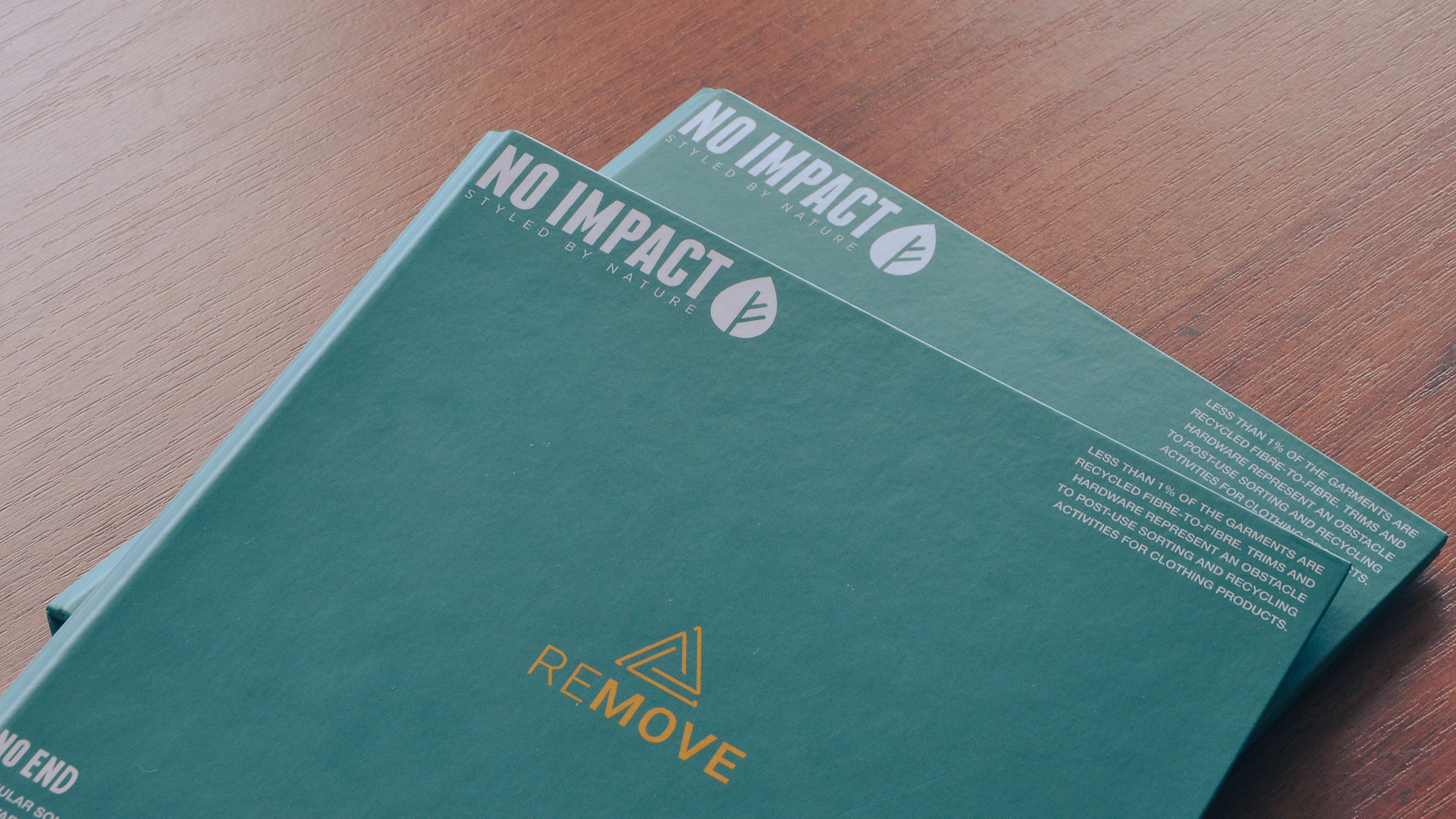This project, aligned with EU regulations, focuses on the design of digital tools to systematically apply transparency in the fashion industry. The goal is to improve the sustainability performances of fashion products and industrial practices by leveraging on consumer awareness and companies' competitive instinct.
Alessandro Valli
/The Oslo School of Architecture and Design (AHO) - Diploma Project
Spring 2024
Introduction
Context and Background
When we buy a garment at a democratic price, we do it because it is cheap, but we have to consider that, other costs are paid somewhere else.
Essentially it costs less in our pockets but more in others.
Opportunity Statement
The project focuses on exploring the strategic impact of applying systematic transparency In the fashion industry, attempting to connect the industry, the citizens, and European Regulation.
European incoming Regulations
I looked into what legislative steps the EU is taking to frame this problematic industry. And I identified 3 specific regulations that the project is resting upon. These regulations share a common thread: TRANSPARENCY
Design can be used to envision abstract regulations in tangible possibilities, bridging the gap between regulations and how citizens experience them.
Regulations alone are not enough unless they encourage businesses to compete in ways that promote sustainability. Sustainable development metrics can become as important as traditional financial ones.
What if the citizens were shown the full cost of the clothes they want to buy?
Idea generation
Brands need to be guided, and customers need to be informed.
In particular, it is broken down into these three opportunities of intervention;
1. Extension of DPP for a more customer-oriented use.
In particular, it is broken down into these three opportunities of intervention;
1. Extension of DPP for a more customer-oriented use.
2. sustainability as a KPI to drive industry competition
3. Guiding brands in sourcing sustainable materials and processes
Paper Sketches
Screens Sketches
Among these preliminary ideas, I chose three directions to carry on as concepts, based on users' and experts' feedback, and applicability in the industrial ecosystem and legislative framework.
Iterative Process
During the ideation, it has been adopted an iterative design process to develop the concepts.
The core of the iterative design process involves rapid cycles of prototyping and user testing, allowing for continuous improvements based on feedback.
The core of the iterative design process involves rapid cycles of prototyping and user testing, allowing for continuous improvements based on feedback.
Final Concepts
Concept 1
The following ideas are presented as implementations of existing digital infrastructures, such as the Digital Product Passport and the European Registry of Companies.
The EU Textile Label is a tool conceived for consumers, assisting them during their purchase. Focusing on being more customer-oriented compared to the DDP. The use of simplified and known scoring systems helps to communicate complex data in an accessible way; in addition, a rating is something the DPP doesn't provide. The main feature of this tool is to empower consumer awareness, and the intrinsic aspect is its educational value for consumers in regard to the cost/value of clothing.
Digital Extention
The digital extension of the textile label provides more in-depth details related to the garment's performance in terms of the resources used. This app is designed to communicate complex data in a accessible and glanceable way for non-expert consumers.
The app, same as the physical tag, uses the alphabetical scale and colours adopted by the EU. The reason is to use known symbols that are easily relatable to consumers. The same colours are used to display the scoring of every category also using a gradient to show the range. The frame containing the numbers for every category can be clicked to display the classification tool used to assign the scoring, showing what values correspond to each letter.

Scan the QR the test the prototype



scan QR to test the smartphone prototype
This tool essentially provides a value/cost rating, where buying a “class A” products equals buying better quality products, hence more durable, more resource efficient and less impactful for the environment. By this, Consumers will be encouraged to spend more, but buy less. Essentially, prioritises quality over quantity.
Concept 2
This tool is conceived to display the environmental, social, and economic information of fashion brands, making it accessible and comparable side by side for every stakeholder and potential shareholder of the fashion industry.
An intrinsic value of this tool is its benchmarking aspect. Using Sustainability data as a Key performance indicator, to drive for positive competition and sustainable innovation in the sector.
Concept 3
This concept consists in a Platform conceptualised to offer support to fashion brands in sourcing sustainable materials and processes. In other words, connecting the supply chain with brands through a direct channel of sustainable solutions.
Through this Platform, brands can upload their sustainability reports, carbon footprint, energy consumption and other info into a European database (which could be implemented in an already existing digital infrastructure). These data will be analyzed and used to suggest strategies of interventions to improve specific areas of sustainability based on what the brand needs to improve.
Strategic Impact
Editorial Material
Project Exhibition
The exhibition showcases the project's concepts briefly explained in 3 brochures, with also the possibility of testing the prototypes by scanning a QR on a tag applied on the garments. The Exhibition also contains the printed project report and a poster.
Project Report
Poster

